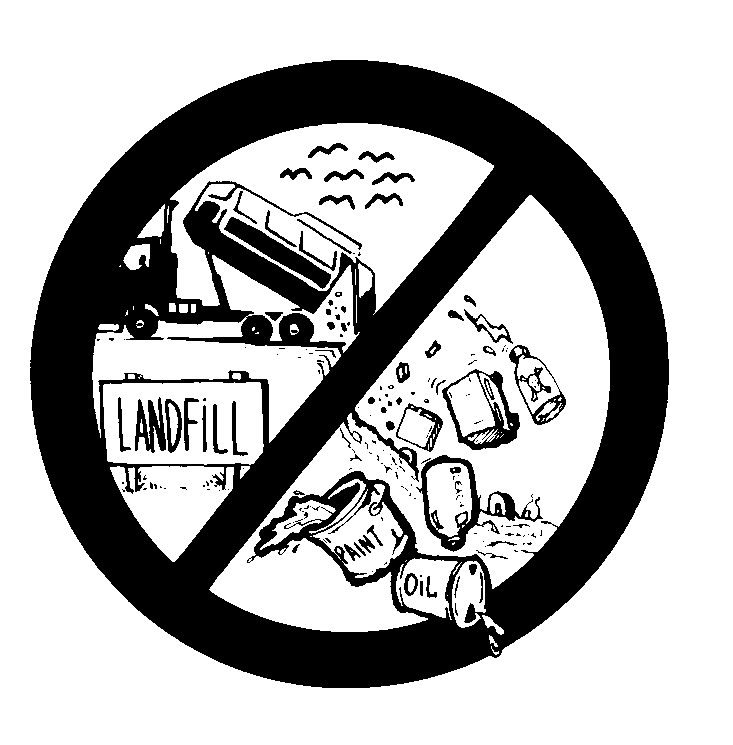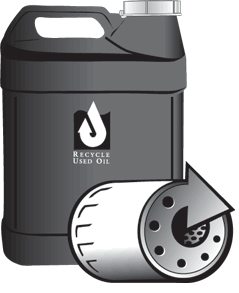California Native Gardens!
Create beautiful gardens that use less water!
With California facing one of the most severe droughts on record. The state has continued to lead the way to make sure California is able to cope with an unprecedented drought. Native plant gardens are one way of creating a drought-resilient yard.
Native plant gardens minimize the amount of water used by individuals and communities.
Here are 5 things to know about the drought, according to bewaterwise.com®:
- It’s one of the worst in California’s history
- Storage levels are dropping, preserve our reserves
- Conservation is key in hot summer and fall
- Limiting outdoor water use equals big savings
- Find water-saving tips and valuable rebates at bewaterwise.com®
There are many benefits to having a drought resilient garden! You save water and money by having a native garden instead of a thirsty lawn. They are low maintenance, use little to no water, and don’t need soil preparation or fertilizing. The beautiful landscaping will also increase your homes’ curbside appeal.
Native plants attract wildlife into your yard! Drought-tolerant native plants buzz with bumblebees, butterflies and ladybugs. The native plants attract not only insects but also birds, including warblers, wrens and hummingbirds.
Below is a list of some of the top California native plants:
- Tree Mallow (Lavatera bicolor)
- Hummingbird Sage (Salvia spathacea)
- Concha California Lilac (Ceanothus ‘concha’)
- Deer Grass (Muhlenbergia rigens)
- Coral Bells or Alum Root (Heuchera)

There are thousands more to choose from. Visit bewaterwise.com® for catalogues of plants, garden ideas, rebate information and conservation tips.



















